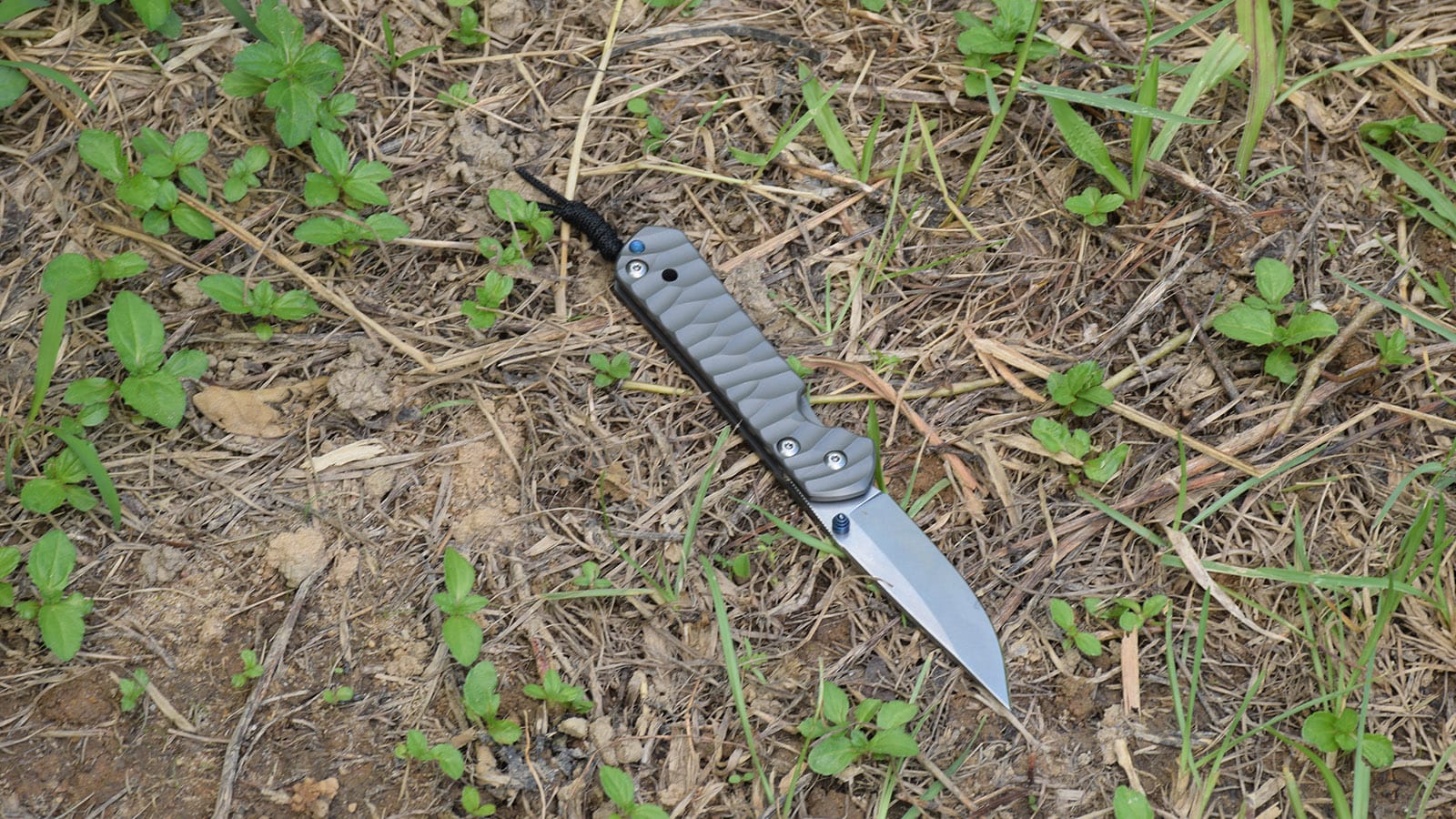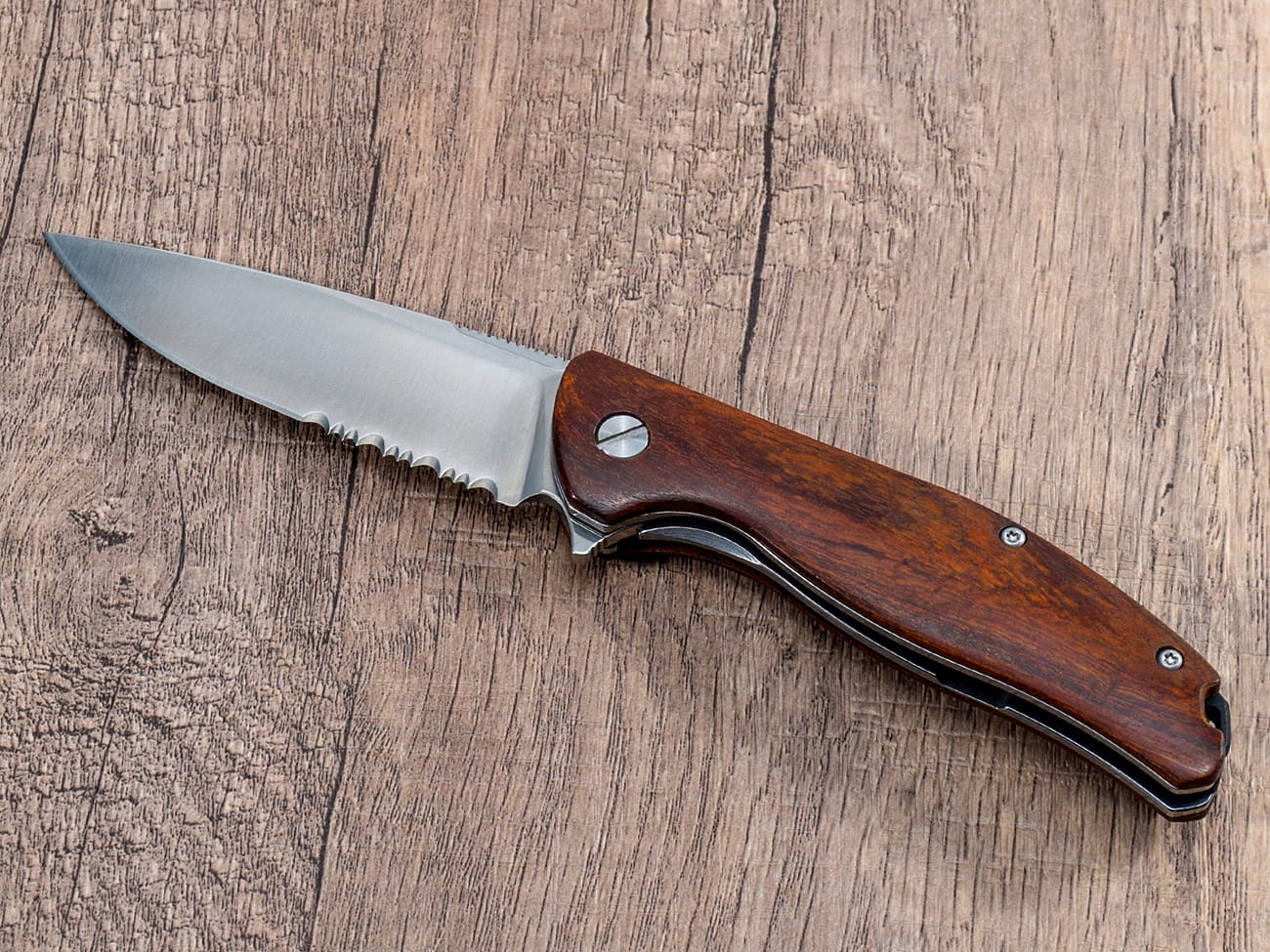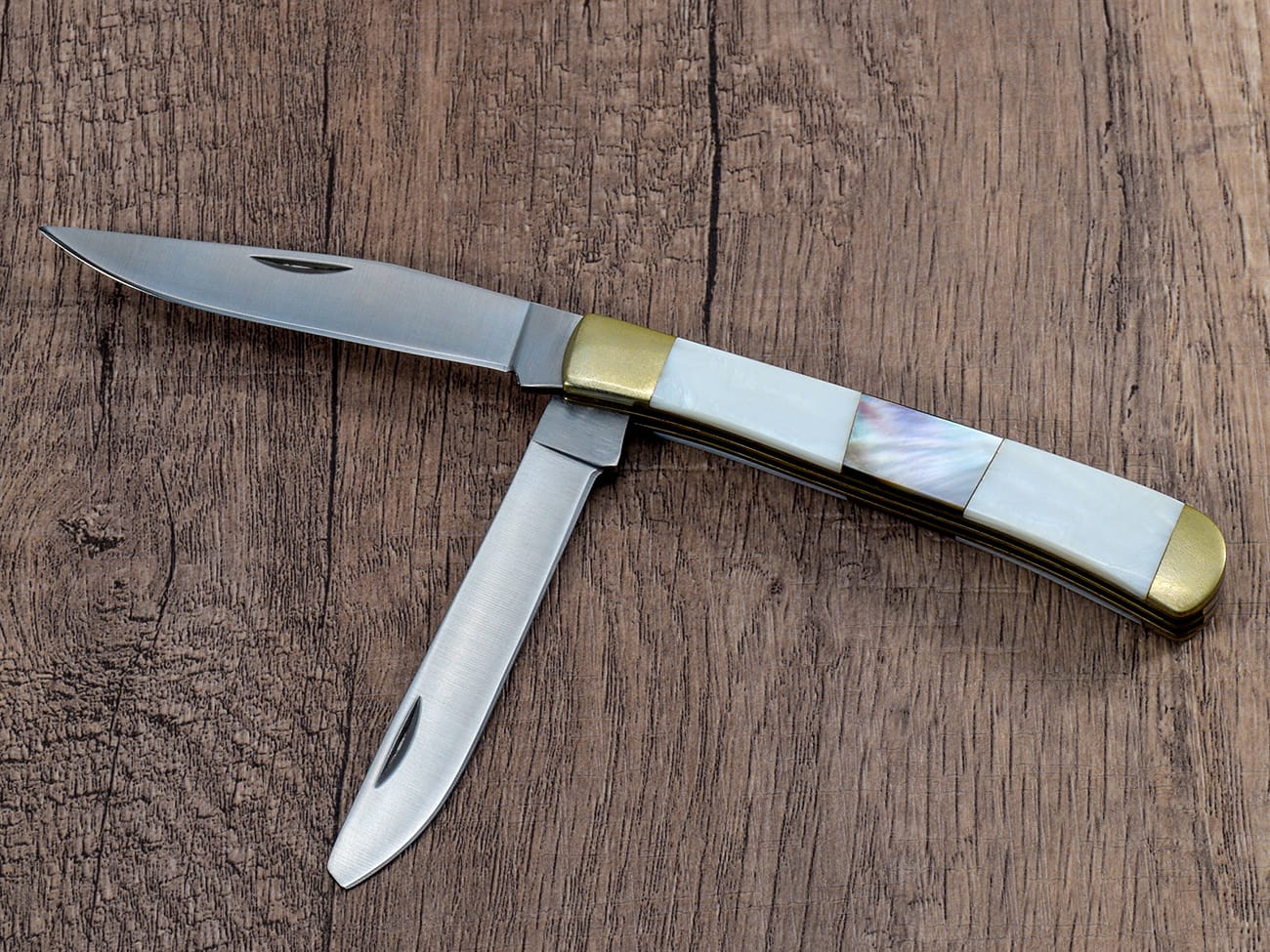A sharp pocket knife is not just a tool – it’s your reliable companion for everyday tasks. Whether you’re an outdoor enthusiast, craftsperson, or everyday carrier, knowing how to achieve and maintain a razor-sharp edge is essential. This comprehensive guide will walk you through proven techniques to transform your dull knife into a precision cutting instrument.
What Makes a Knife Truly Sharp?
Before diving into sharpening techniques, it’s crucial to understand what defines true sharpness. A sharp knife isn’t just about the edge – it’s about the perfect intersection of two smooth surfaces meeting at an optimal angle. The sharper the knife, the cleaner and more effortless your cuts will be.
Why Do Knives Become Dull?
Your pocket knife experiences wear through regular use. Understanding the causes of dulling helps prevent premature wear:
- Regular contact with cutting surfaces
- Improper storage
- Incorrect sharpening techniques
- Environmental factors
Essential Tools for Sharpening Your Pocket Knife
To achieve professional results, you’ll need the right equipment:
- Whetstones of various grits
- Honing rod
- Leather strop
- Angle guide (optional)
- Clean cloth
- Water or honing oil

How to Choose the Right Sharpening Stone?
Selecting the proper sharpening stone is crucial for optimal results:
- Coarse grit (400-600) for repair work
- Medium grit (1000-3000) for regular sharpening
- Fine grit (4000-8000) for polishing and finishing
What’s the Correct Angle for Sharpening?
The sharpening angle is critical for achieving optimal results:
- Most pocket knives require a 20-degree angle per side
- Japanese knives often use 15-17 degrees
- Outdoor knives may need up to 25 degrees
Step-by-Step Sharpening Process
- Prepare your workspace
- Soak the whetstone if required
- Find your angle
- Start with the coarse grit
- Progress to finer grits
- Finish with stropping
How to Use a Whetstone Effectively?
Proper whetstone technique is essential for achieving a sharp edge:
- Maintain consistent angle
- Use steady, even pressure
- Work from tip to heel
- Check progress frequently
The Role of Stropping in Knife Sharpening
Stropping is the final step in achieving a razor-sharp edge:
- Removes final burrs
- Polishes the edge
- Aligns the steel
Common Sharpening Mistakes to Avoid
Learn from these common errors:
- Inconsistent angles
- Too much pressure
- Skipping grits
- Neglecting maintenance
How to Maintain Your Sharp Edge?
Regular maintenance extends the life of your EDC knife:
- Use proper cutting surfaces
- Clean after use
- Store properly
- Hone regularly
Key Points to Remember:
- Start with the right tools and materials
- Maintain consistent angles throughout the process
- Progress through grits systematically
- Regular maintenance prevents major dulling
- Practice makes perfect
- Safety should always come first
- Quality stones make a difference
- Patience is essential for best results




